Pi Network is entering a decisive phase in its evolution. With the countdown to full Mainnet migration underway, the project is moving beyond its early mobile-first mining experiment to a mature, fully functional blockchain ecosystem. This transition represents more than a technical leap—it opens the door to what many pioneers call “timeless value.”
Mainnet Migration and Protocol v23.01
On September 3, Pi introduced Protocol v23.01, powered by Stellar-Core. The upgrade delivers:
- Smart contracts through Soroban
- Parallel transaction processing for scalability
- Decentralized KYC aligned with ERC-3643
- Biometric authentication via Passkey
- Expanded Linux Node support for institutions
These features provide the backbone for Pi’s secure and scalable future. Already, 9 million users have migrated and 19 million completed KYC, bringing the network close to full activation.
Picoin: Designed for Utility
Picoin the network’s native currency is structured around engagement and verified participation rather than speculation. With capped supply and near-zero inflation, it is emerging as a reliable medium of exchange. The recent 1.23% reduction in mining rate reinforces scarcity, now requiring more than 15 days to mine a single Pi without bonuses.
Convergence with AI and Space Tech
Through Pi Ventures, $20 million has been invested into OpenMind AGI, a Stanford-backed AI project developing machine-to-machine transactions using Picoin. By bridging blockchain, AI, and space technology, Pi aims to underpin future infrastructure, from smart cities to interplanetary commerce.
Institutional Momentum
Institutional recognition is growing. Sweden’s Valour Pi ETP now manages nearly $947 million, while integrations with Swapfone (BTCC) in the U.S. and Onramp Money across 60+ countries expand Pi’s reach. Pi’s decentralized KYC and biometric tools are also drawing interest from banks and fintechs seeking scalable compliance solutions.
Ecosystem and Developer Growth
The Pi Hackathon 2025 has led to 80+ decentralized applications, ranging from peer-to-peer markets to ID systems. Developers are leveraging Pi App Studio and PiOS to create tools that strengthen Pi’s digital economy. With smart contracts rolling out, Picoin is increasingly positioned as a programmable currency.
Token Flow and Market Strategy
September saw the release of 159.5 million tokens, nearly half of August’s amount, easing selling pressure and supporting stability. With Picoin trading around $0.35, analysts see potential for movement toward $0.42–$0.47 if current levels hold.
Ongoing Challenges
Concerns remain over governance, volatility, and scaling. With 82.8% of supply still under Core Team control, balancing decentralization with oversight is crucial. The PiOS codebase is 90% complete, and DAO frameworks are in testing to transition decision-making toward the community.
What’s Ahead
Upcoming milestones include:
- Full Soroban smart contract deployment
- Expansion of staking and DAO governance
- Pi-powered marketplaces and ID solutions
- Wider app ecosystem growth
- Potential listings on major exchanges
Conclusion
Pi Network is shifting from vision to reality. As Mainnet migration accelerates and infrastructure matures, Picoin is becoming a currency defined by participation and purpose. With digital assets, AI, and space tech converging, Pi is carving a place as a foundational layer for the next digital economy—where the journey for pioneers, builders, and institutions is just beginning.




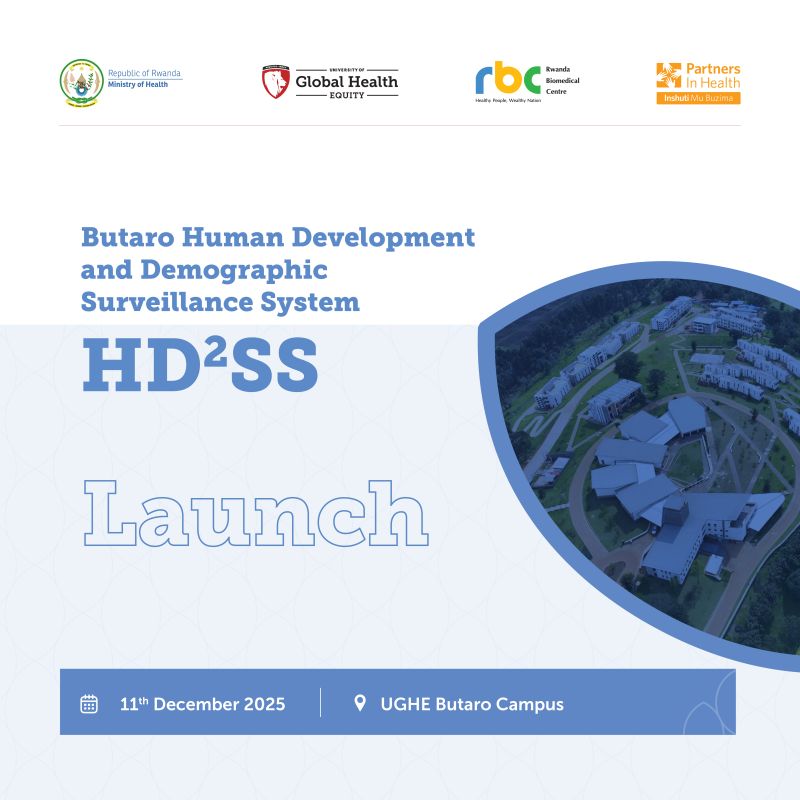








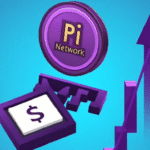


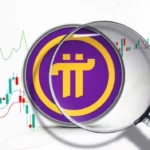
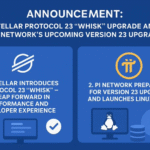



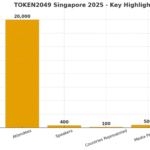


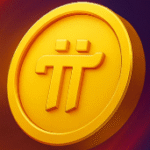

mihomr